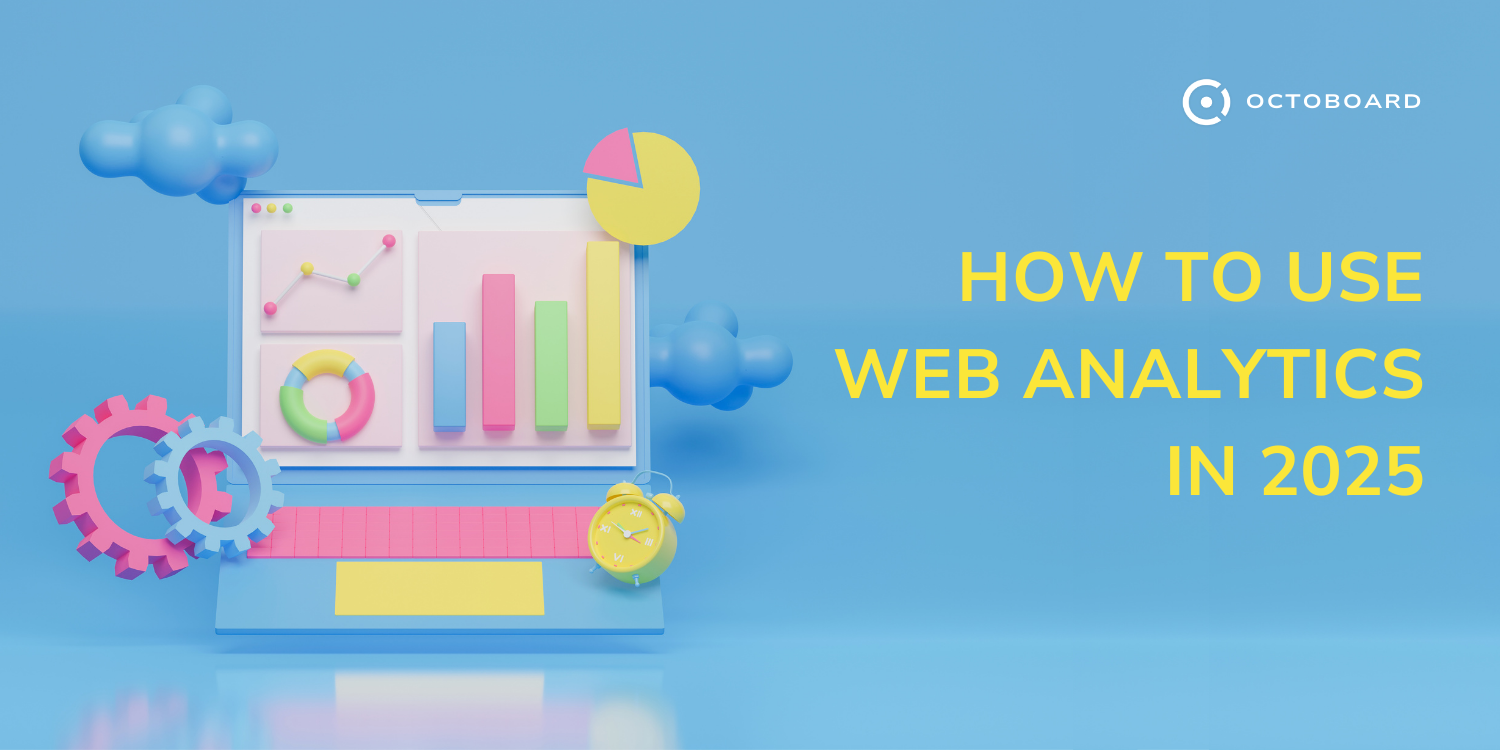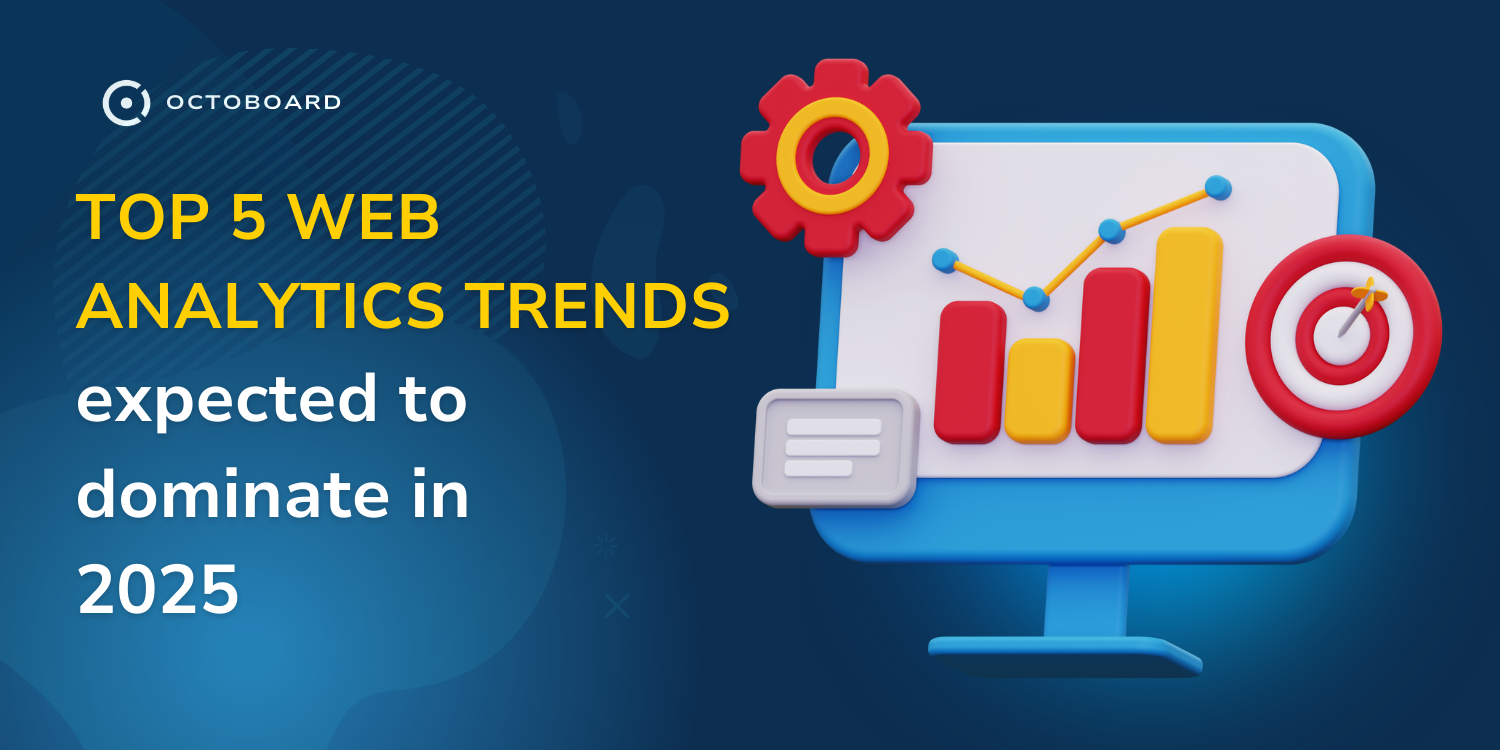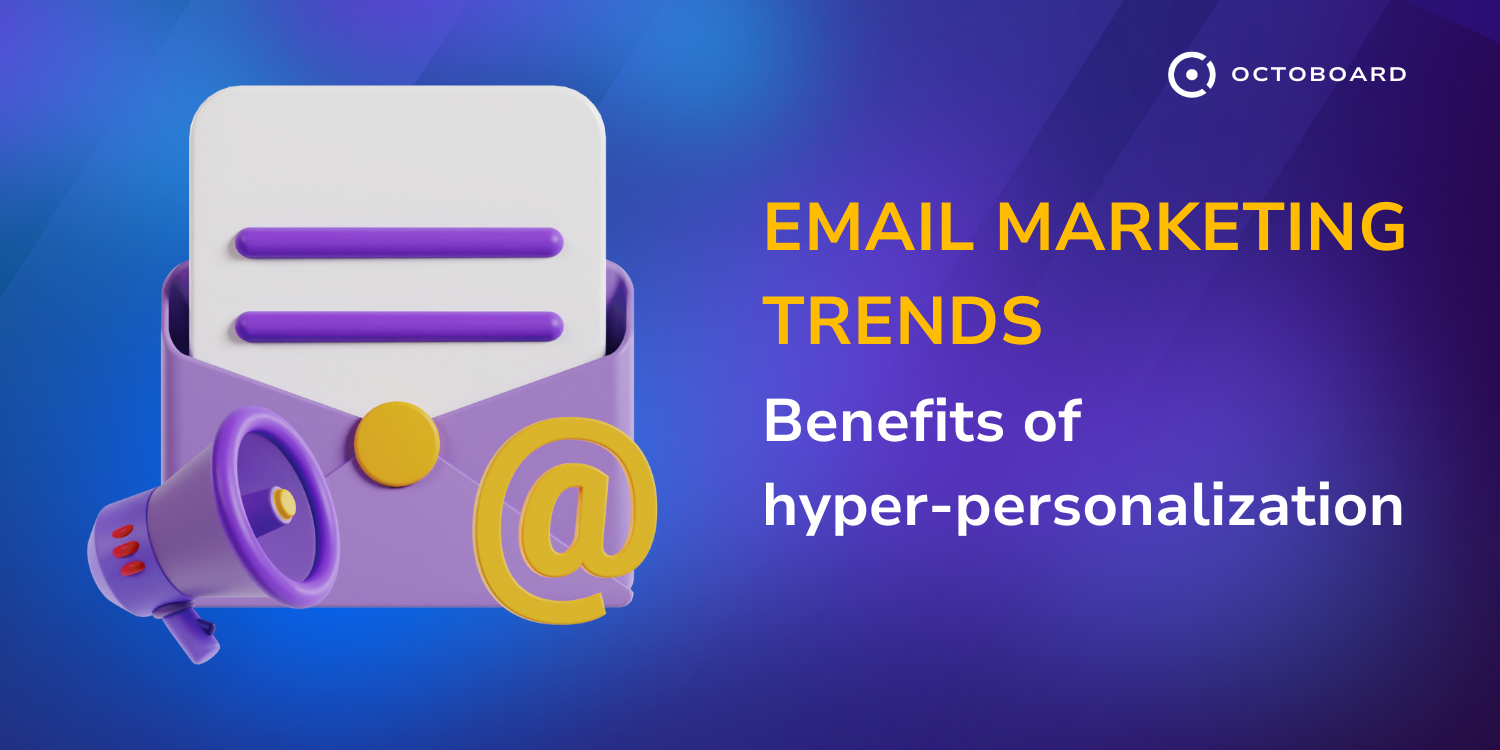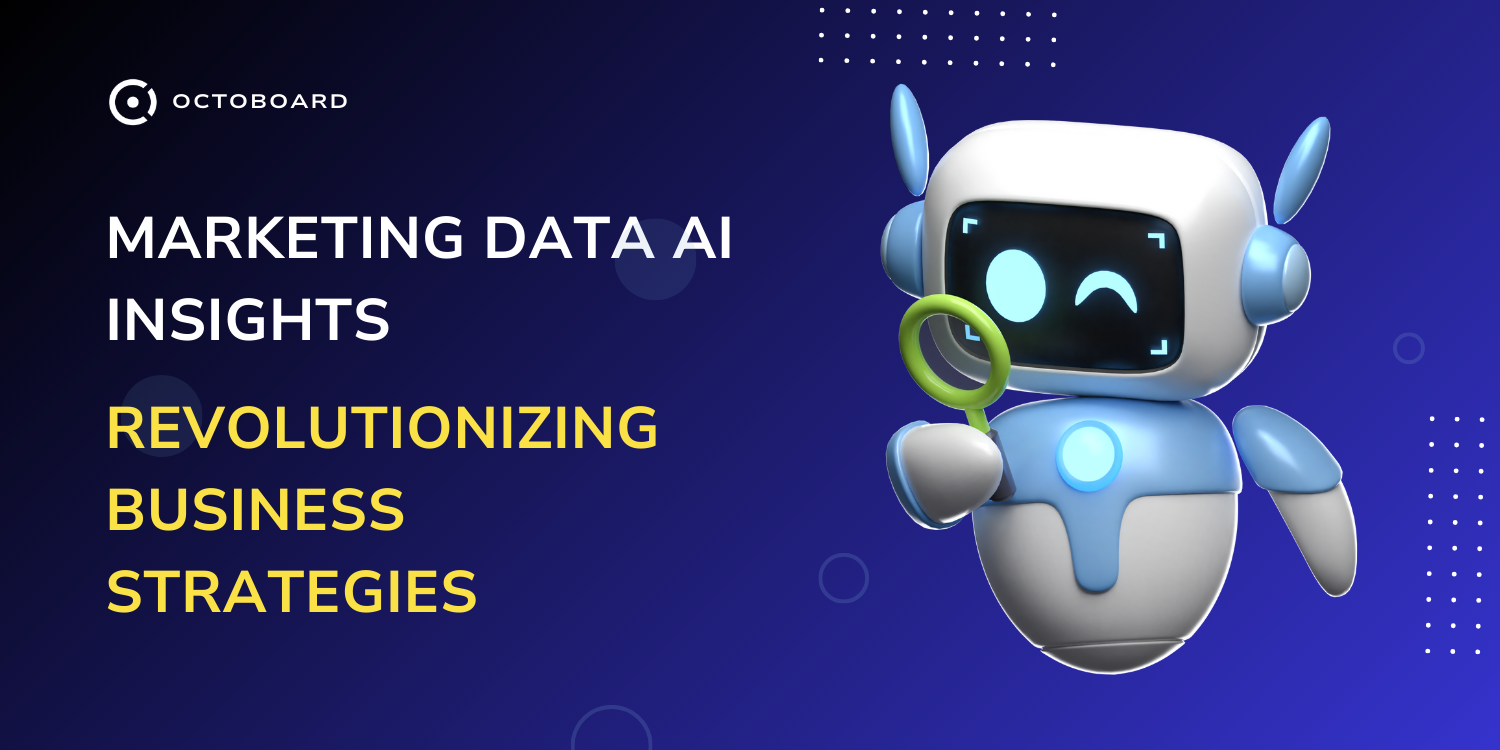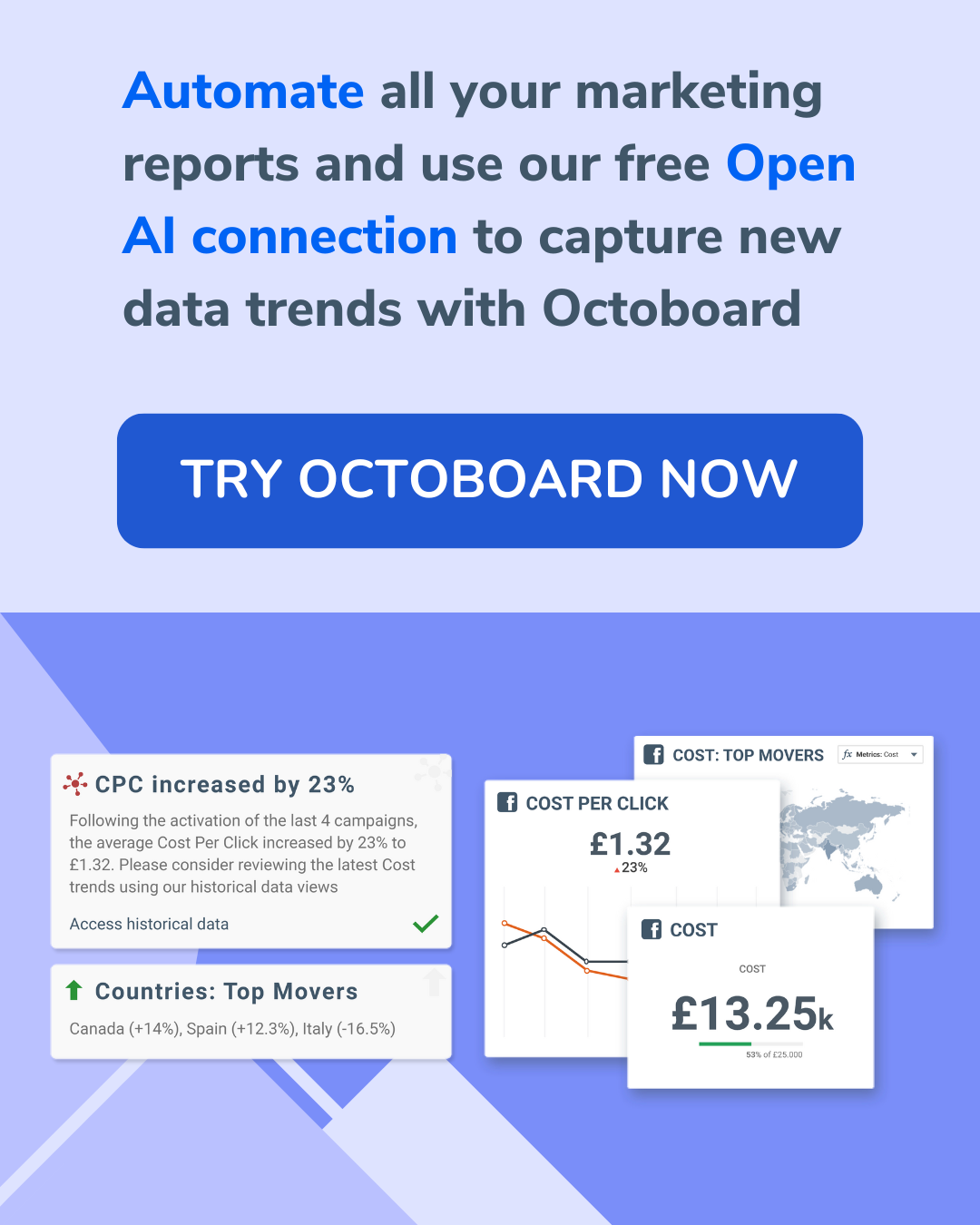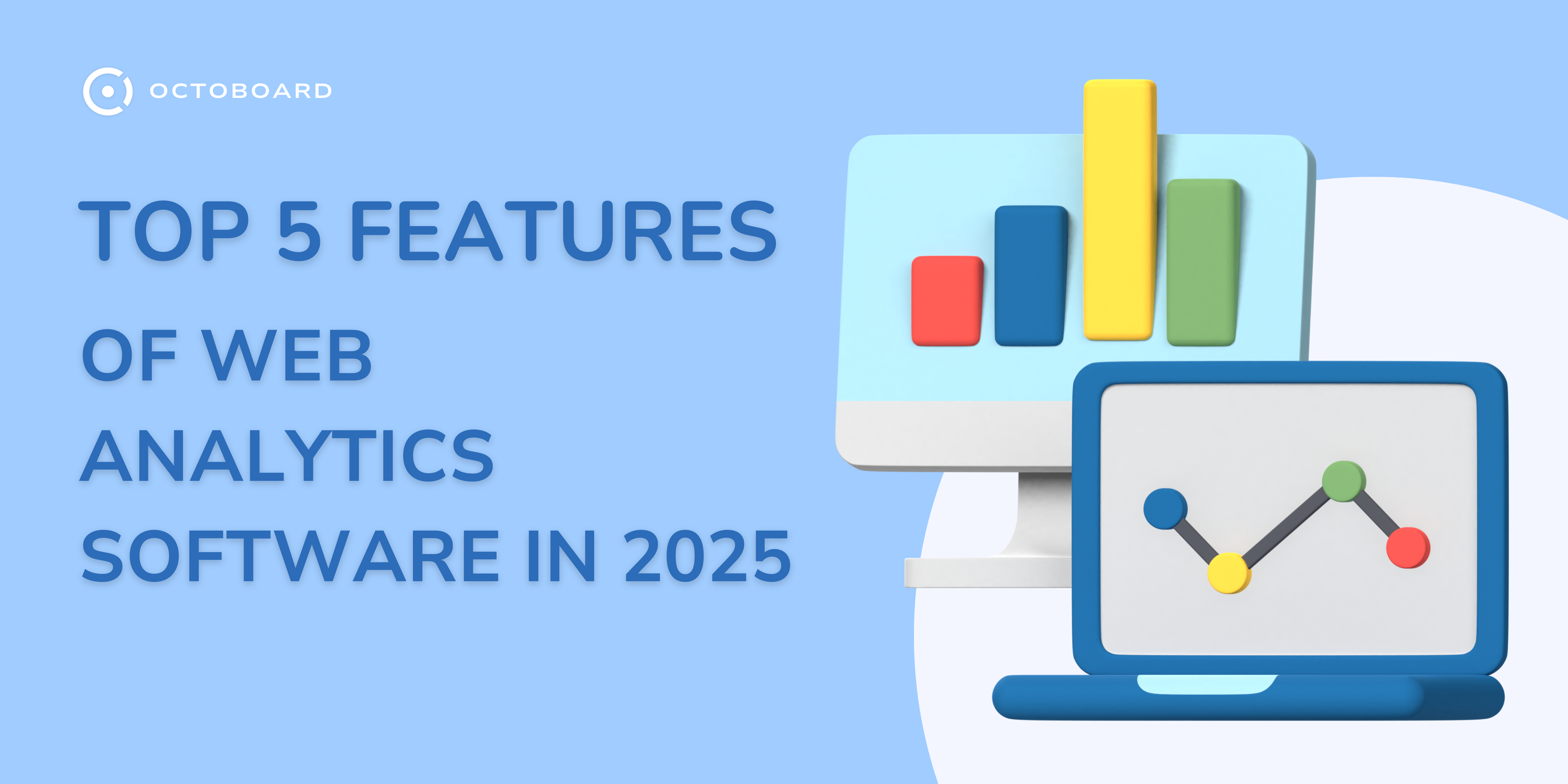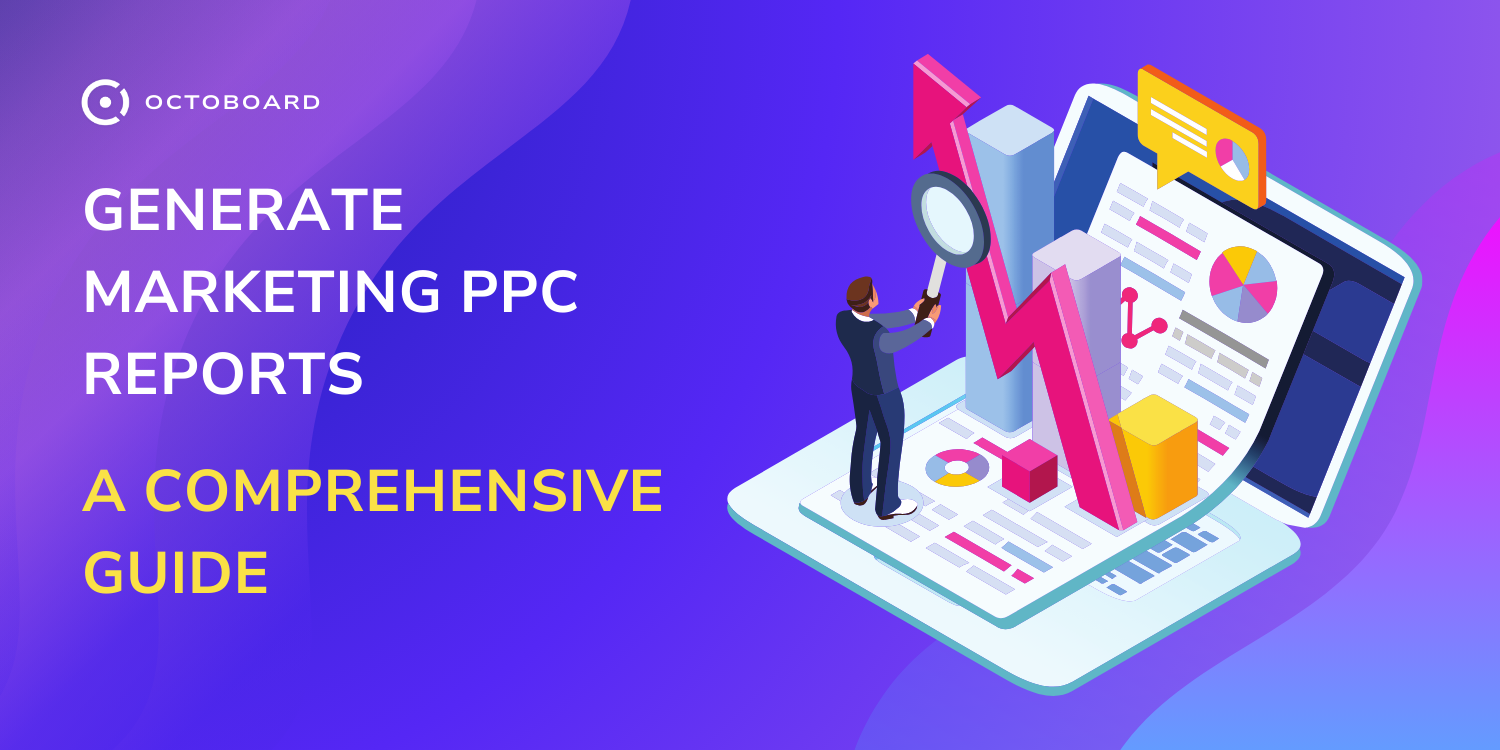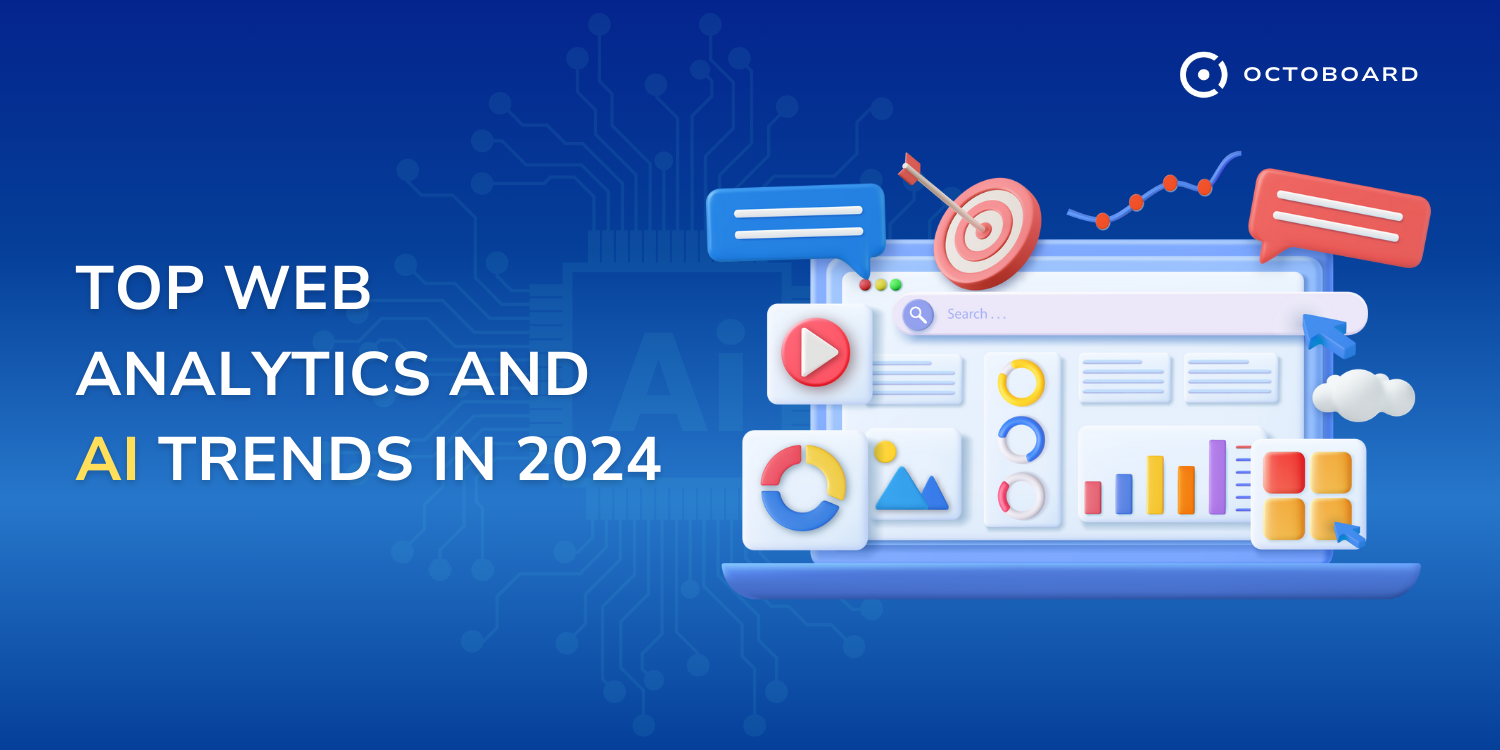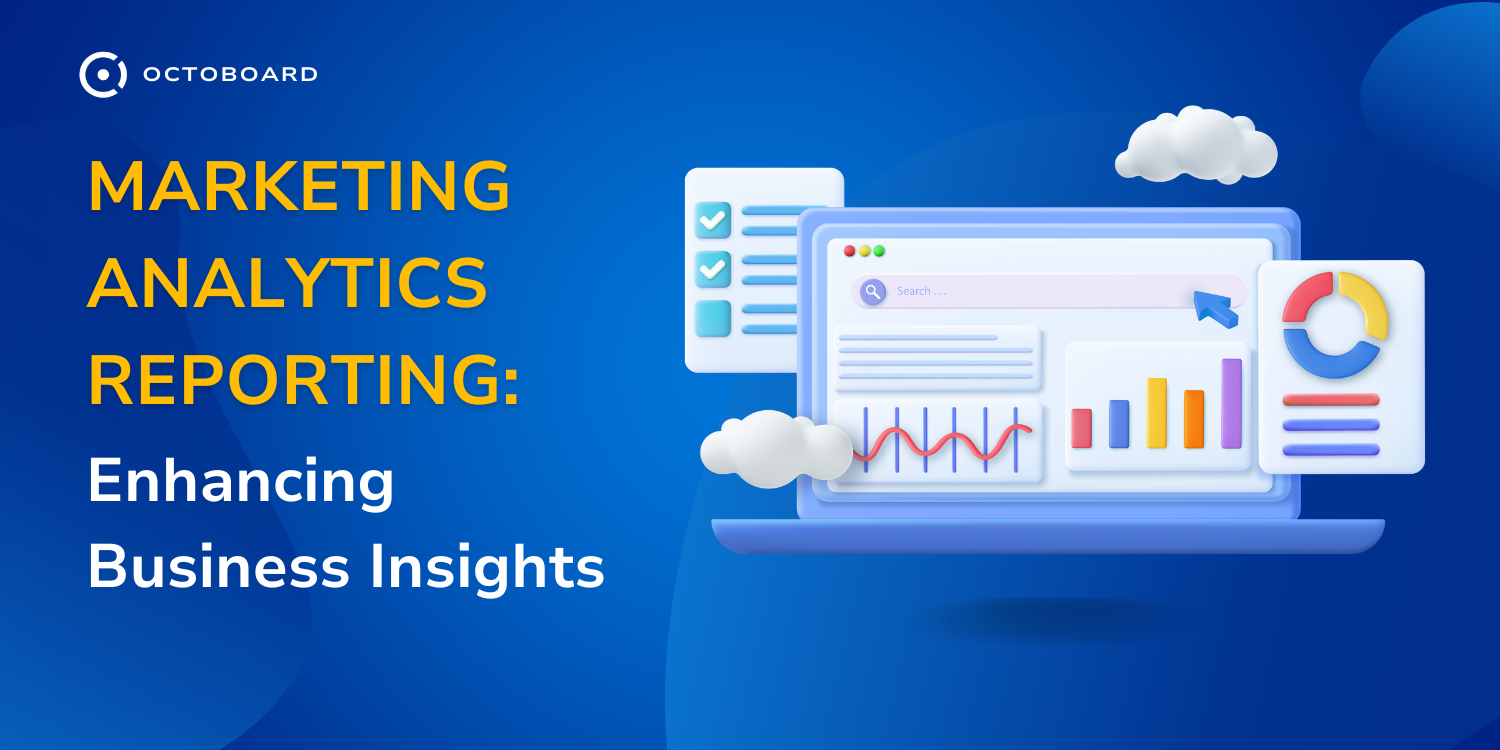Improve Your ROAS with Advanced PPC Analytics: A Quick Guide to Cross-Channel Reporting
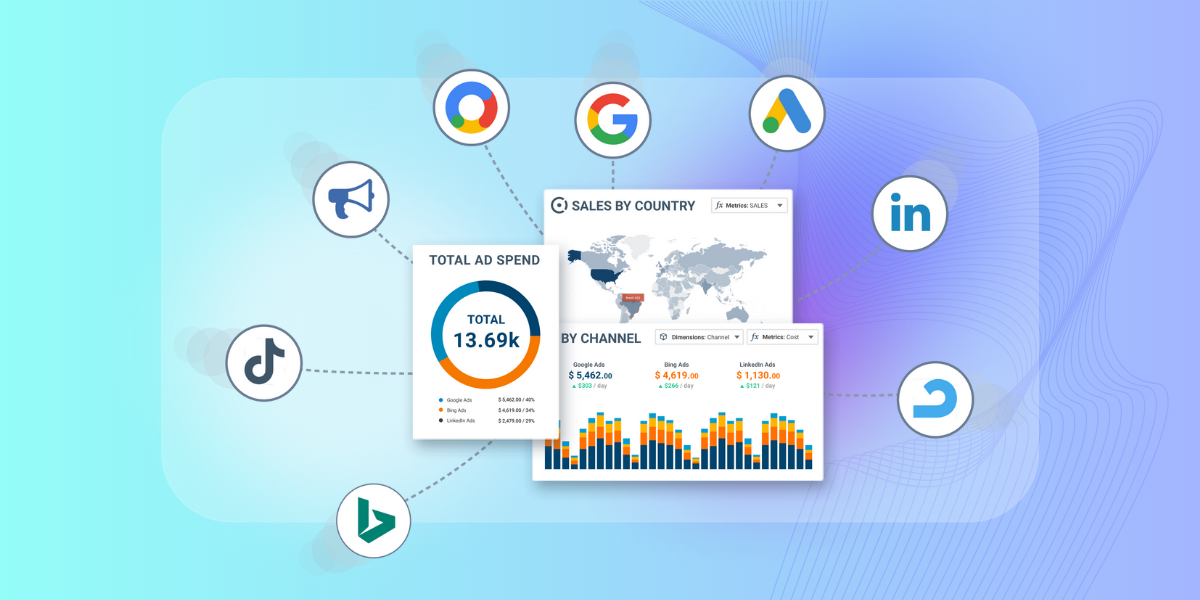
Welcome to the dynamic world of Pay-Per-Click (PPC) advertising - a key component in modern marketing strategies. PPC advertising revolves around marketers bidding for the chance to have their ads appear in the sponsored results of a search engine when a user types in a specific keyword. It's an effective way to drive traffic, create brand awareness, and ultimately, increase sales.
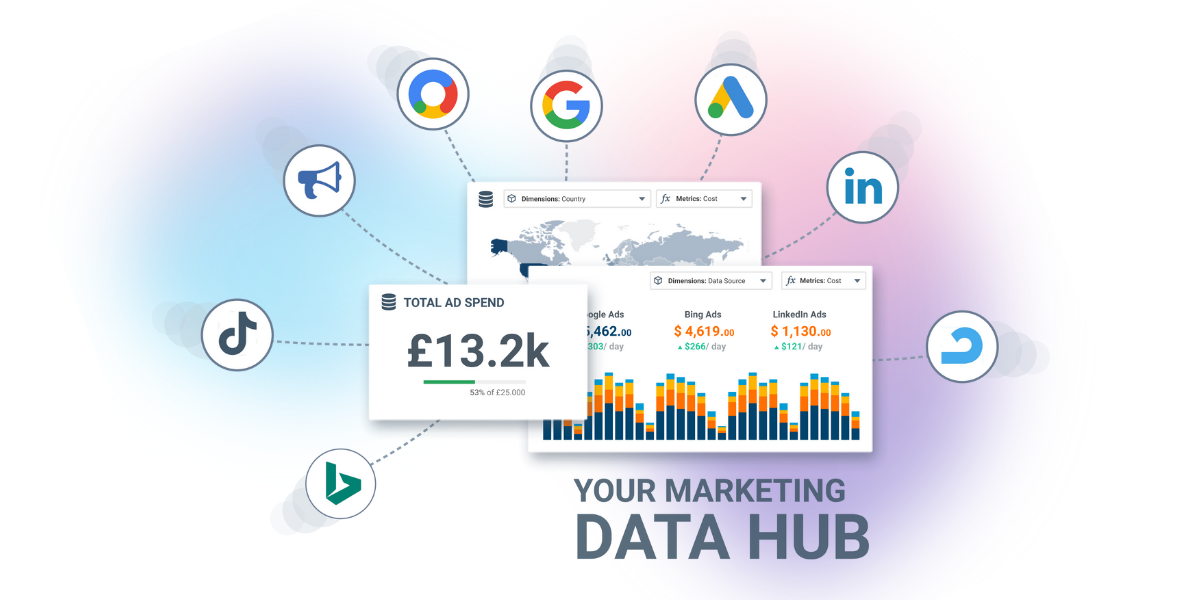
Navigating through PPC across multiple channels like Google Ads, Bing Ads, Facebook Ads, Criteo, LinkedIn Ads, and TikTok Ads can be quite a task. Each platform comes with its own set of rules, trends, and audience behavior. Consolidating the data from these diverse platforms and making sense of it all is where data analytics enters the picture.
Data analytics in PPC is all about collecting and interpreting data from your campaigns. This process aids in making informed decisions, optimizing campaigns, identifying opportunities, and avoiding costly mistakes. For instance, by comparing the performance across channels, you can allocate your budget more effectively, ensuring the maximum return on investment (ROI).
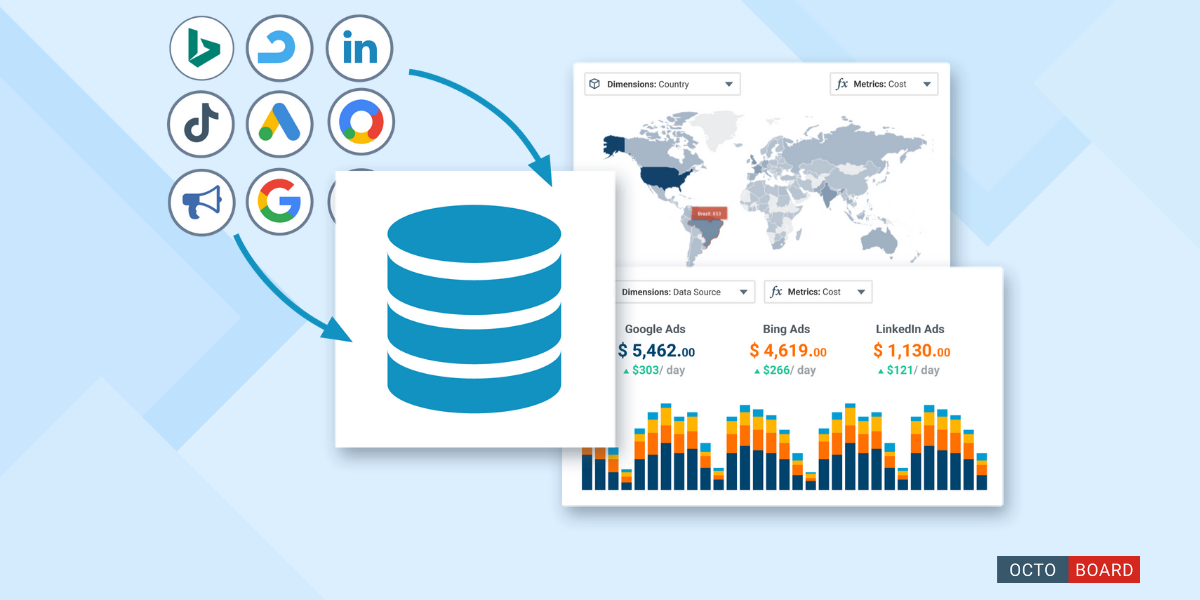
The need for comprehensive and user-friendly data analytics led to the development of platforms like Octoboard. This platform streamlines the complex process of PPC reporting and data analytics, making it more accessible and efficient for businesses of all sizes. It provides the tools to not just collect and visualize data, but also to transform it into actionable insights. The rest of this blog post will delve deeper into this fascinating subject, showcasing the significant role that data analytics plays in managing and optimizing cross-channel PPC campaigns.
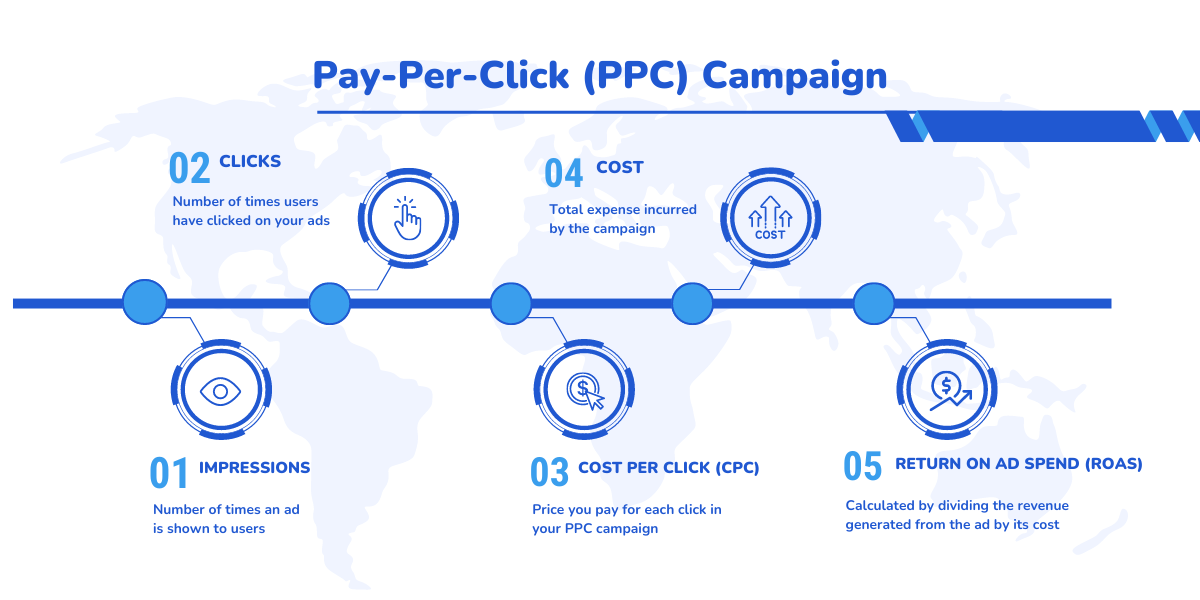
Pay-Per-Click (PPC) campaigns rely heavily on key metrics for performance evaluation and optimization. These metrics are essential indicators that reflect the effectiveness and success of your PPC campaigns across multiple channels. The primary metrics include Impressions, Clicks, Cost Per Click (CPC), Cost, and Return On Ad Spend (ROAS).
"Impressions" signify the number of times an ad is shown to users. This metric provides insights into the reach of your ad and helps assess the brand visibility provided by your campaign. A high number of impressions could mean your ad is well-targeted and relevant to a large audience.
"Clicks", as the term implies, refer to the number of times users have clicked on your ads. This metric, when paired with impressions, helps calculate the Click-Through-Rate (CTR), a crucial indicator of your ad's relevance and appeal to the targeted audience.
"Cost Per Click (CPC)" is the price you pay for each click in your PPC campaign. It's a significant metric to monitor as it directly affects your campaign's overall cost and budget.
The "Cost" metric simply refers to the total expense incurred by the campaign. Keeping a tab on this helps manage your advertising budget effectively and ensures you're not overspending.
Lastly, "Return On Ad Spend (ROAS)" is a metric that gives you a sense of your campaign's profitability. It's calculated by dividing the revenue generated from the ad by its cost. A high ROAS indicates a high return on your investment, affirming the success of your campaign.

In the context of cross-channel reporting, these metrics provide a comprehensive picture of your campaigns' performance and guide you in making data-driven decisions. Comprehensive analytics platforms, like Octoboard, simplify this process by automatically mapping these metrics across various advertising channels.
Return On Ad Spend (ROAS) is a powerful metric that serves as a guiding light in the realm of Pay-Per-Click (PPC) advertising. As a financial marker, it provides a clear picture of the profitability of your advertising campaigns. To calculate ROAS, divide the revenue derived from the ad by the cost of that ad. The resulting figure tells you how much revenue you're generating for each dollar spent on advertising.
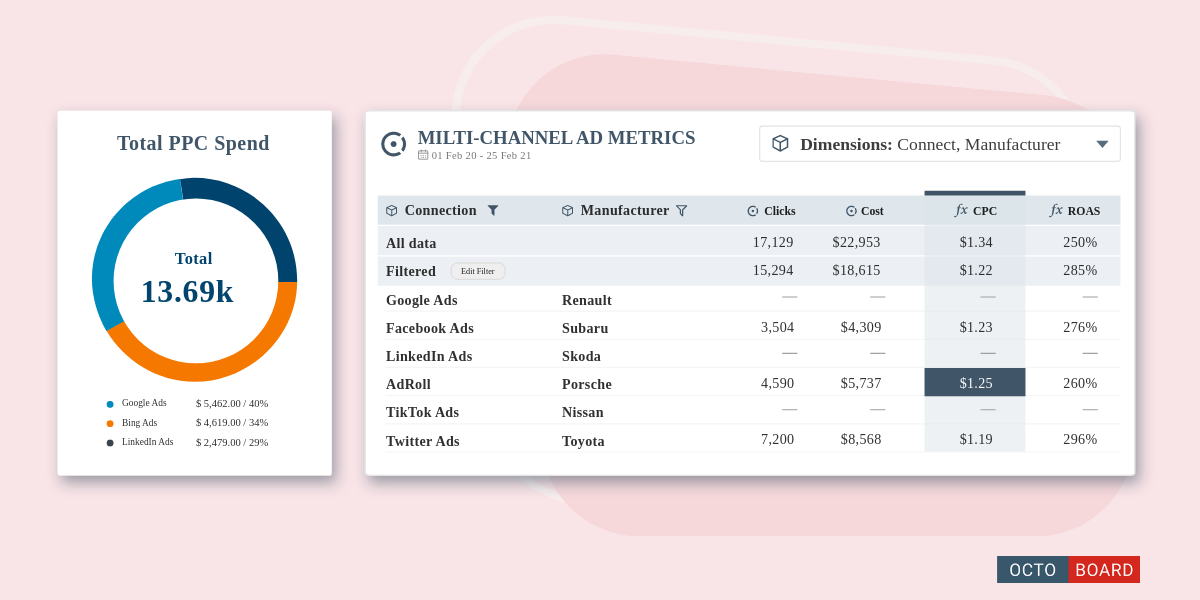
Understanding ROAS is pivotal for businesses. It not only provides insights into the effectiveness of a campaign but also helps in making strategic budget allocation decisions. If a campaign generates a high ROAS, it means your ad spend is well-utilized, and the campaign is successfully driving revenue. In contrast, a lower ROAS may indicate a need for campaign adjustments, audience retargeting, or bid changes.
Effective use of ROAS can help you identify high-performing ads and channels, thus optimizing your ad spend. By focusing more budget on ads or channels that yield a high ROAS, you can potentially improve your overall profitability.
It's important to note that while ROAS is an essential metric, it should not be considered in isolation. Other metrics like Impressions, Clicks, CPC, and Cost also play a crucial role in understanding the complete performance of your ad campaigns. To simplify the process of monitoring these metrics and making informed decisions, comprehensive platforms like Octoboard provide automated mapping of key metrics across channels, thus saving time and resources for businesses.
In today's digital marketing landscape, businesses often engage their audiences through multiple PPC platforms such as Google Ads, Bing Ads, Facebook Ads, Criteo, LinkedIn Ads, and TikTok Ads. Each of these channels possesses unique characteristics and caters to a distinct demographic, influencing how consumers interact with your advertisements. Therefore, reporting and analyzing PPC metrics across different channels becomes indispensable for a comprehensive understanding of your overall marketing performance.
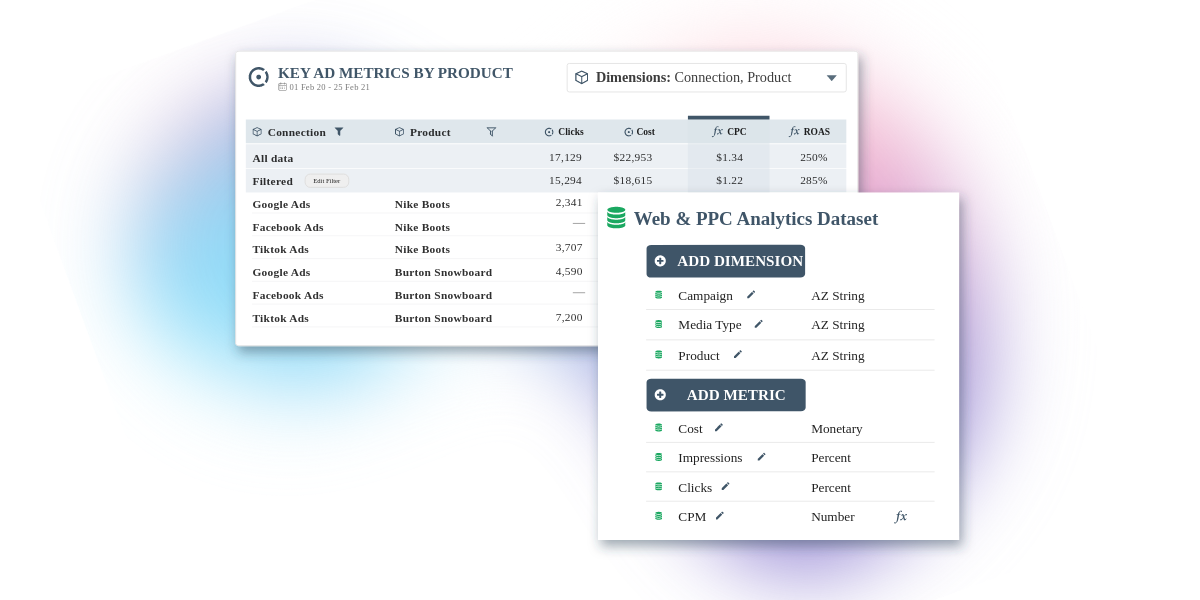
Analyzing cross-channel PPC metrics provides a holistic view of your campaigns' effectiveness. It helps identify which platforms deliver the best return on investment, enabling smarter allocation of your ad budget. For instance, if you notice a higher ROAS on LinkedIn Ads compared to Google Ads, you might consider increasing your ad spend on LinkedIn.
Cross-channel reporting also reveals insightful patterns. Perhaps your ads perform better on TikTok during weekends, or maybe your Facebook ads resonate more with a particular age group. Such insights allow for targeted campaign adjustments, thereby maximizing your ad's effectiveness.
Moreover, cross-channel reporting helps spot potential issues. If an ad performs well on one platform but poorly on another, it's a red flag that warrants further investigation. Perhaps the ad content isn't aligned with the platform's demographic, or maybe there's an issue with the campaign settings.

Ultimately, managing PPC campaigns without cross-channel reporting is like navigating in the dark. Tools like Octoboard that offer seamless cross-channel metrics mapping provide invaluable insights, giving marketers the clarity they need to optimize their campaigns effectively.
When it comes to facilitating cross-channel PPC reporting, Octoboard offers a suite of unique features designed to enhance your data's comprehensibility and applicability.
One interesting feature of the platform is Octoboard's ability to clean and transform data. It empowers you to create custom metrics and dimensions using the business rules editor. For instance, you could modify campaign names or calculate taxes as needed, enhancing data's clarity and relevance to your specific needs. It supports automatic currency conversion for over 140 world currencies, simplifying financial data interpretation across international campaigns.
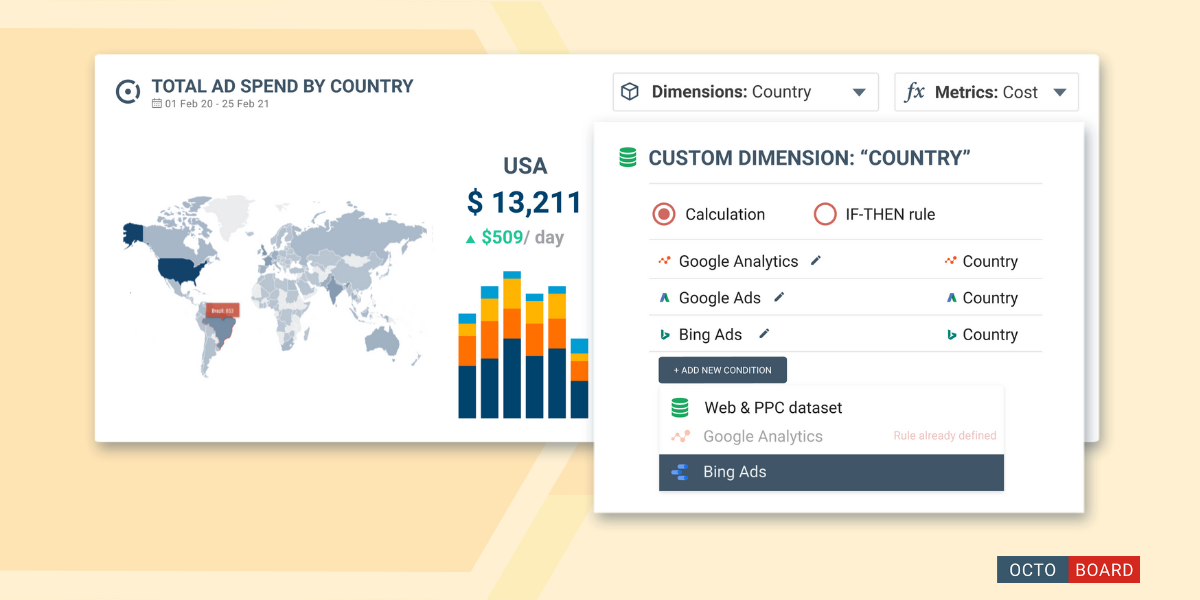
With Octoboard you can also modify data processing logic. Advanced data lookups and formulas allow for complex field calculations, lending greater precision and sophistication to your data analysis.
Octoboard's cross-channel metrics is one more useful feature. Key metrics such as Impressions, Clicks, and Revenue are automatically mapped between Google Analytics and your paid advertising systems, enabling seamless cross-platform data comparison and analysis.
The platform also offers Google Sheets lookups. This allows you to build lookups by referencing data stored in your live Google Sheets documents, which Octoboard then monitors and updates automatically.
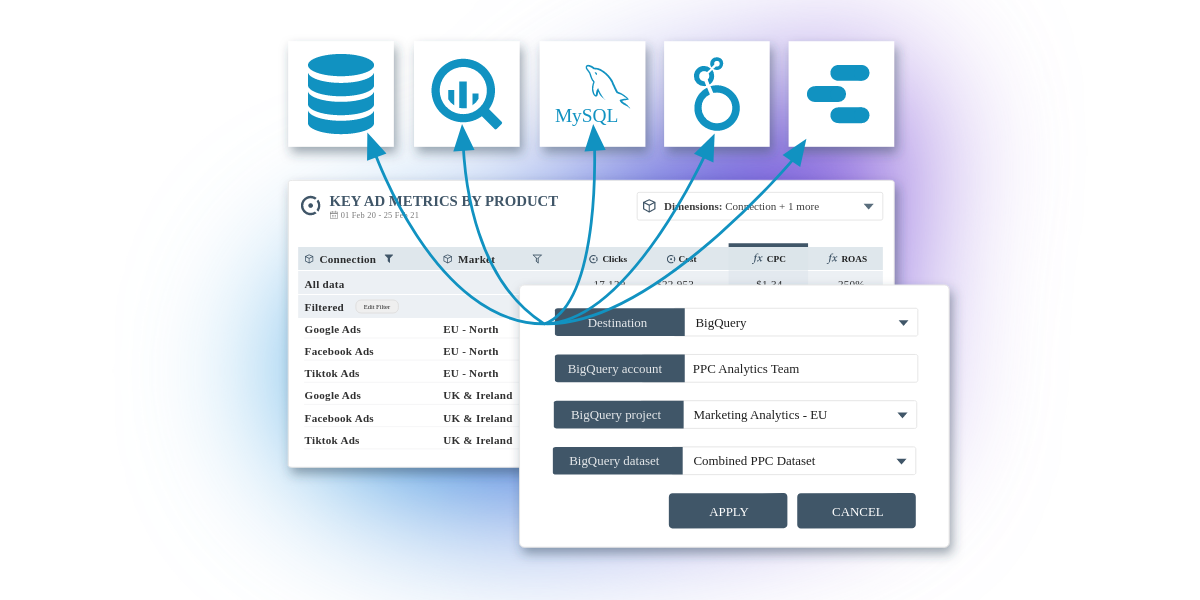
For anyone interested in understanding the Octoboard's features and functionalities, the platform offers a range of comprehensive tutorials. You can explore the overview of Octoboard PPC Data Analytics Add-on. Further tutorials explain how to add paid advertising platform connections, configuring dashboards, reports, and Data Explorer, changing currency, pricing, data collection, and much more.
There are a few more key tutorials on creating custom dimensions and custom metrics as well as using calculations and IF-THEN conditions provide in-depth knowledge on refining your data analytics practices. There are also specific guides on how to use Google Sheets Lookup tables, clone data streams, and export Octoboard PPC Analytics data to external systems or other platforms like Looker Studio or Google Sheets.
For marketing agencies and teams looking to simplify the process of PPC data analytics, Octoboard is a greeat tool. The system provides a streamlined system where teams can readily add connections to paid advertising platforms. Connecting to different PPC systems doesn't have to be a challenge; with Octoboard, it's a swift, straightforward process.
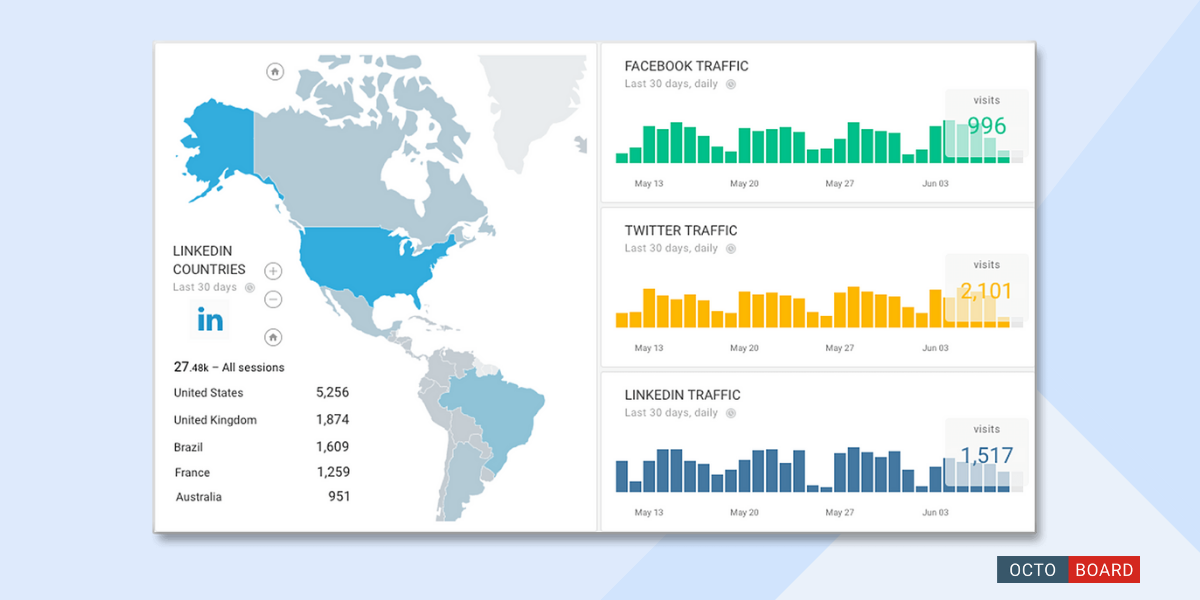
Customization is at the heart of the Octoboard. Users can configure dashboards and reports to match their unique needs and preferences. This makes it easier to focus on what matters most for your organization, whether that's clicks, impressions, revenue, or any other key metric.
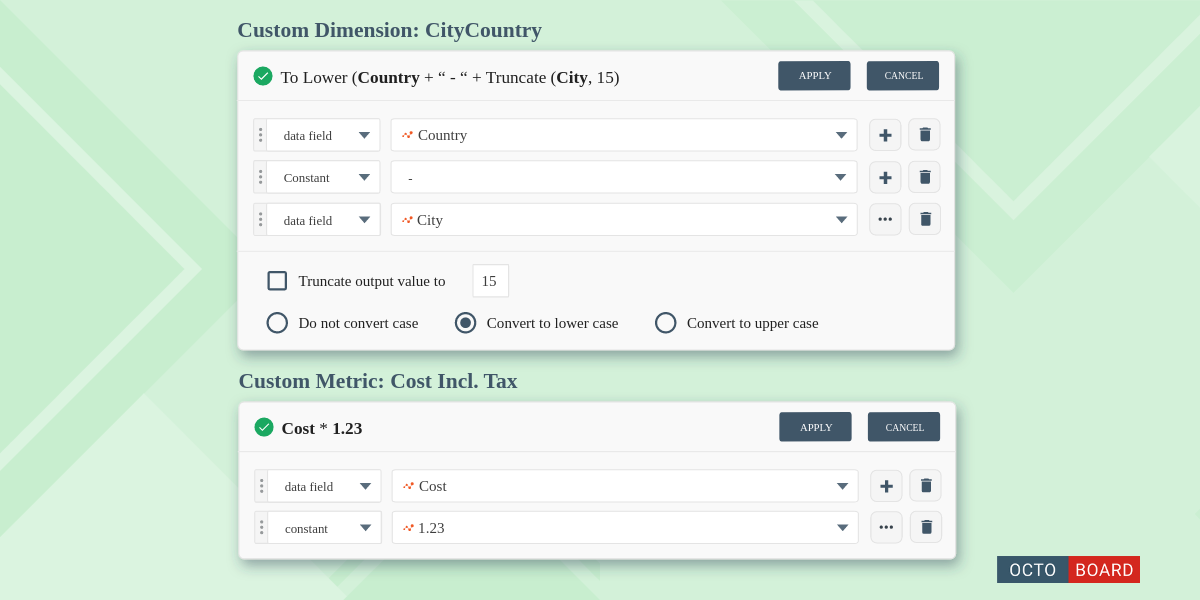
Octoboard simplifies the process of cross-channel metric mapping. The system can automatically map key metrics like impressions, clicks, and revenue across channels, including Google Analytics and various paid advertising systems.
To further enhance your PPC data analysis, Octoboard provides a feature to build lookups by referencing data stored in live Google Sheets documents. This makes your reference data monitoring and updating automatic and worry-free.
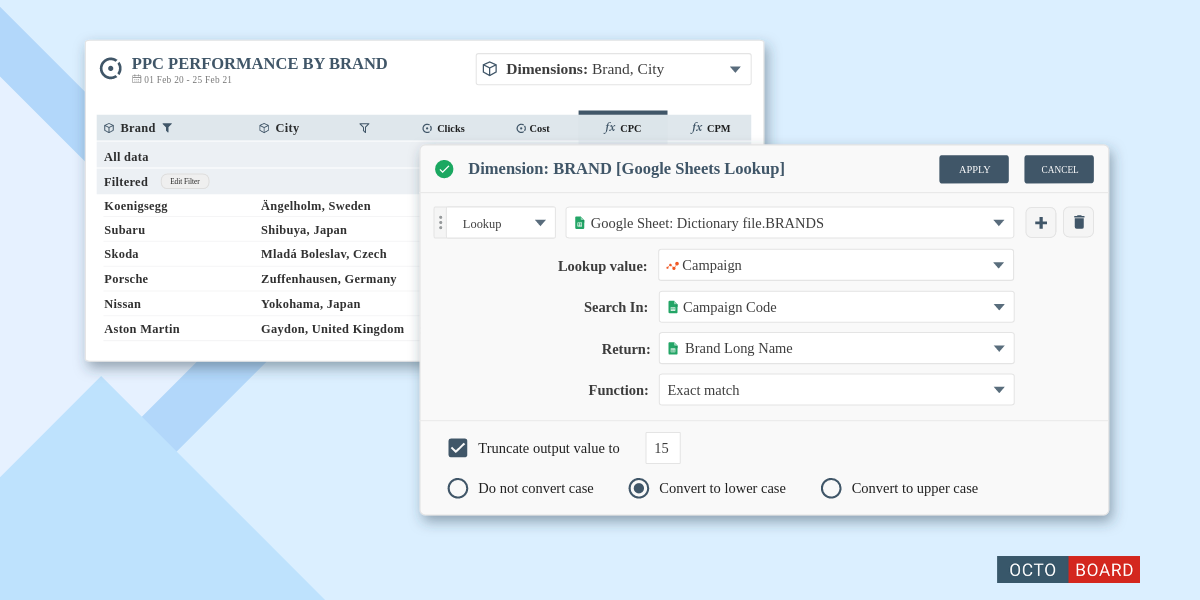
Octoboard also offers automatic currency conversion feature. It supports over 140 world currencies, ensuring that financial metrics across all your data sources are automatically converted and unified.
With Octoboard, marketing agencies and teams can confidently approach PPC data analytics, knowing they have a comprehensive, customizable, and advanced analytics tool at their disposal.
Cross-channel PPC reporting has emerged as an indispensable tool in the data analytics landscape. It allows marketing agencies to create a holistic view of their campaigns, recognize patterns, and make data-driven decisions. Reporting across channels contributes to an enhanced understanding of customer behavior, facilitates accurate attribution, and optimizes ROI.

One platform, Octoboard, brings considerable value to this aspect of data analytics, offering features such as custom metrics creation, data transformation, and advanced data lookups. The capabilities of this platform extend beyond single-channel analysis, providing comprehensive cross-channel metrics mapping. This paves the way for an improved and unified view of your marketing performance.
It's high time to step up your PPC reporting game. As you navigate this complex yet rewarding field, we encourage you to explore these offerings and see how they can elevate your reporting capabilities. For further inquiries or detailed walkthroughs, feel free to contact our support team who will be more than happy to guide you.
